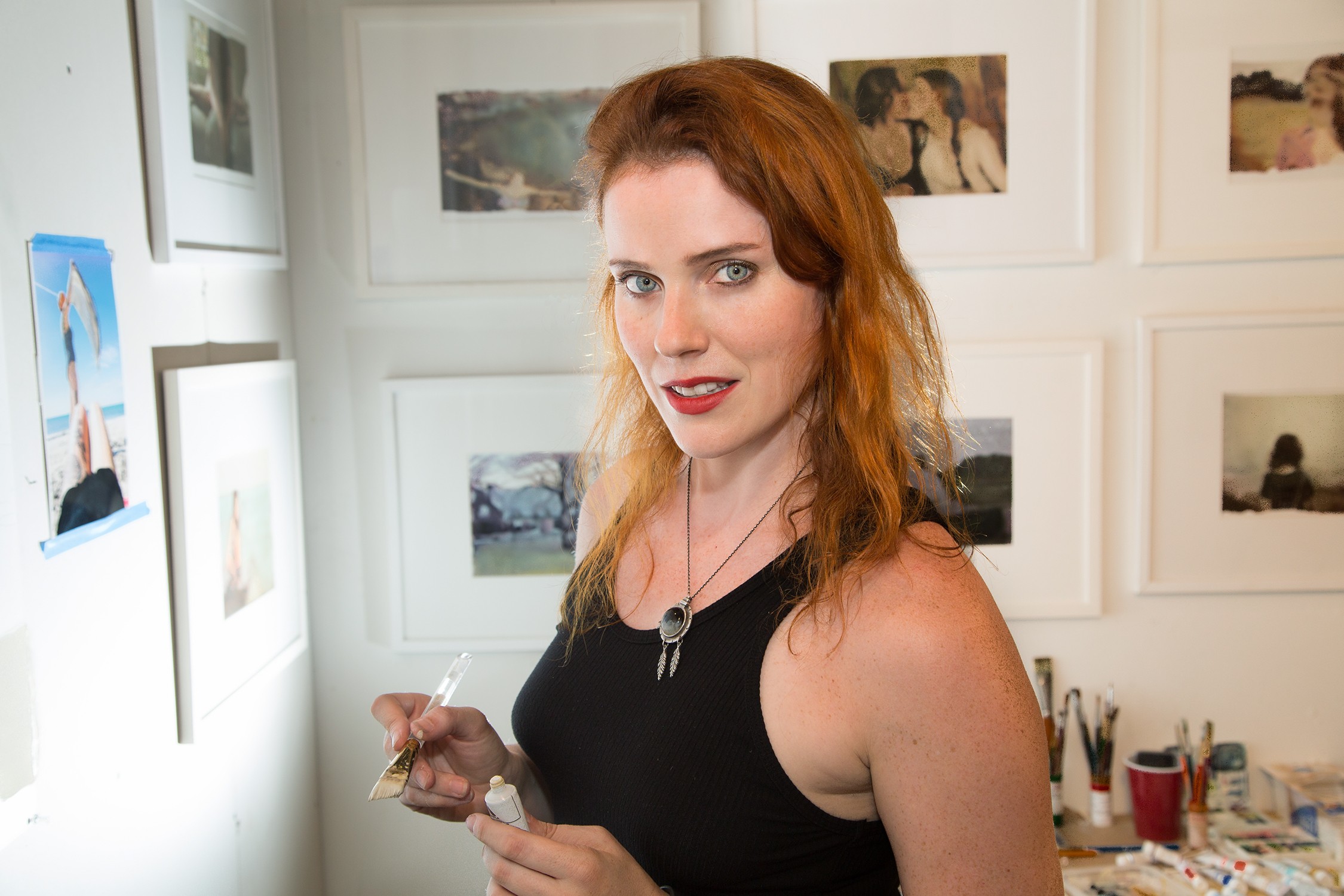We were lucky to catch up with Christy Powers recently and have shared our conversation below.
Alright, Christy thanks for taking the time to share your stories and insights with us today. When did you first know you wanted to pursue a creative/artistic path professionally?
Ever since I was young, I always gravitated towards art. The art room was always my safe haven in school. I was lucky in high school to have amazing art teachers who were also working professional artists so I knew that path existed. Also my first ever art sale was in high school where one of my pieces on display was purchased by an office administrator. I went to college with a focus on painting while earning a liberal arts degree. I can remember being amazed in my senior year when my professor during a crit asked how many of us were considering pursuing being a professional artist. I was stunned when only me and one other student raised our hands. I always knew that I would always have a studio practice to develop as an artist, even if I needed to keep a day job to pay the bills. I worked for a fashion designer, interior designer and stylist while I continued to paint and put together a portfolio for graduate school. After receiving my MFA, I began teaching art to support my own art career. Over time, I was able to spend fewer days a week teaching so that more and more of my time was spent in my studio. After 15 years, this last June, I made the switch to full time artist.

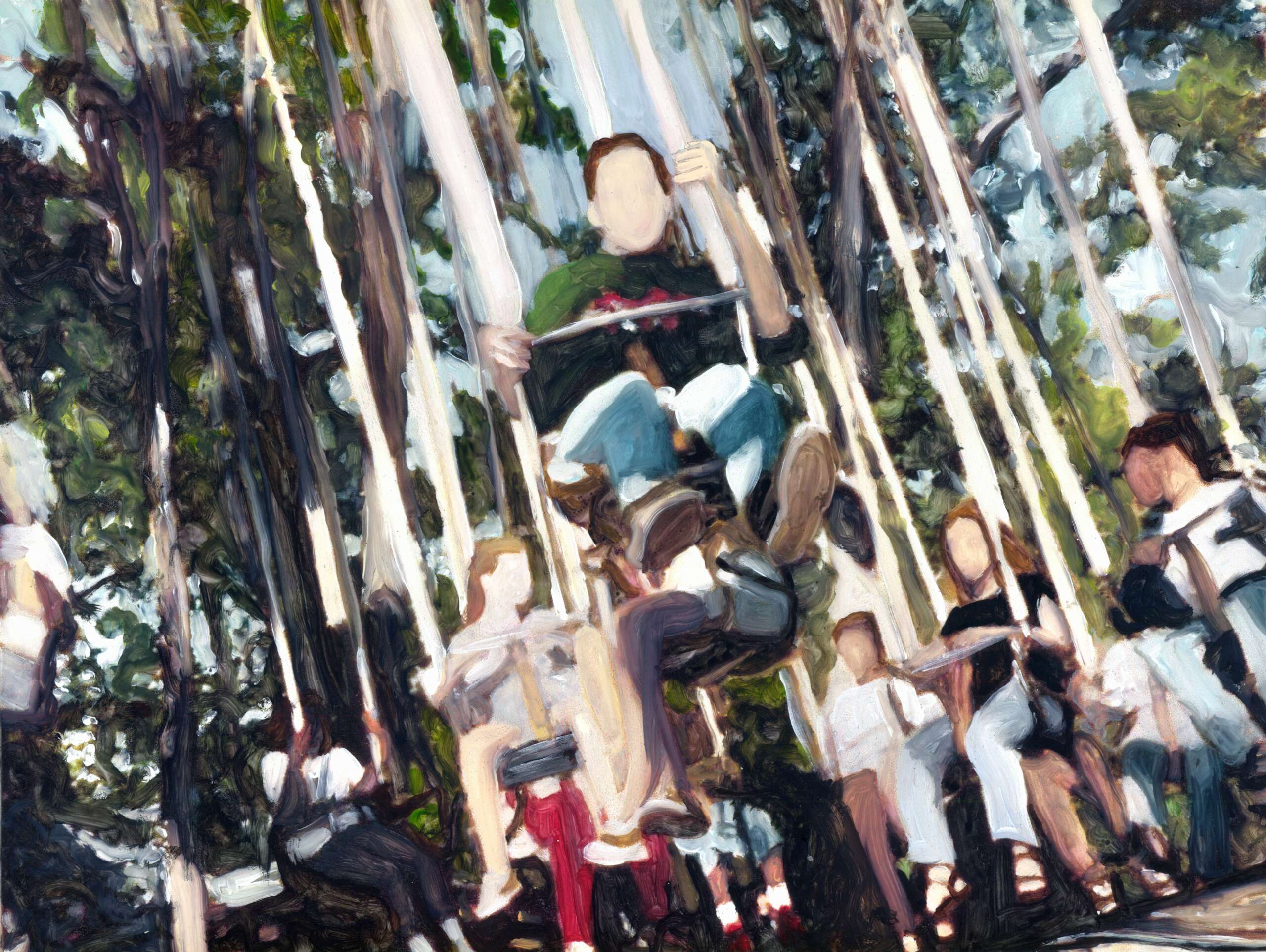
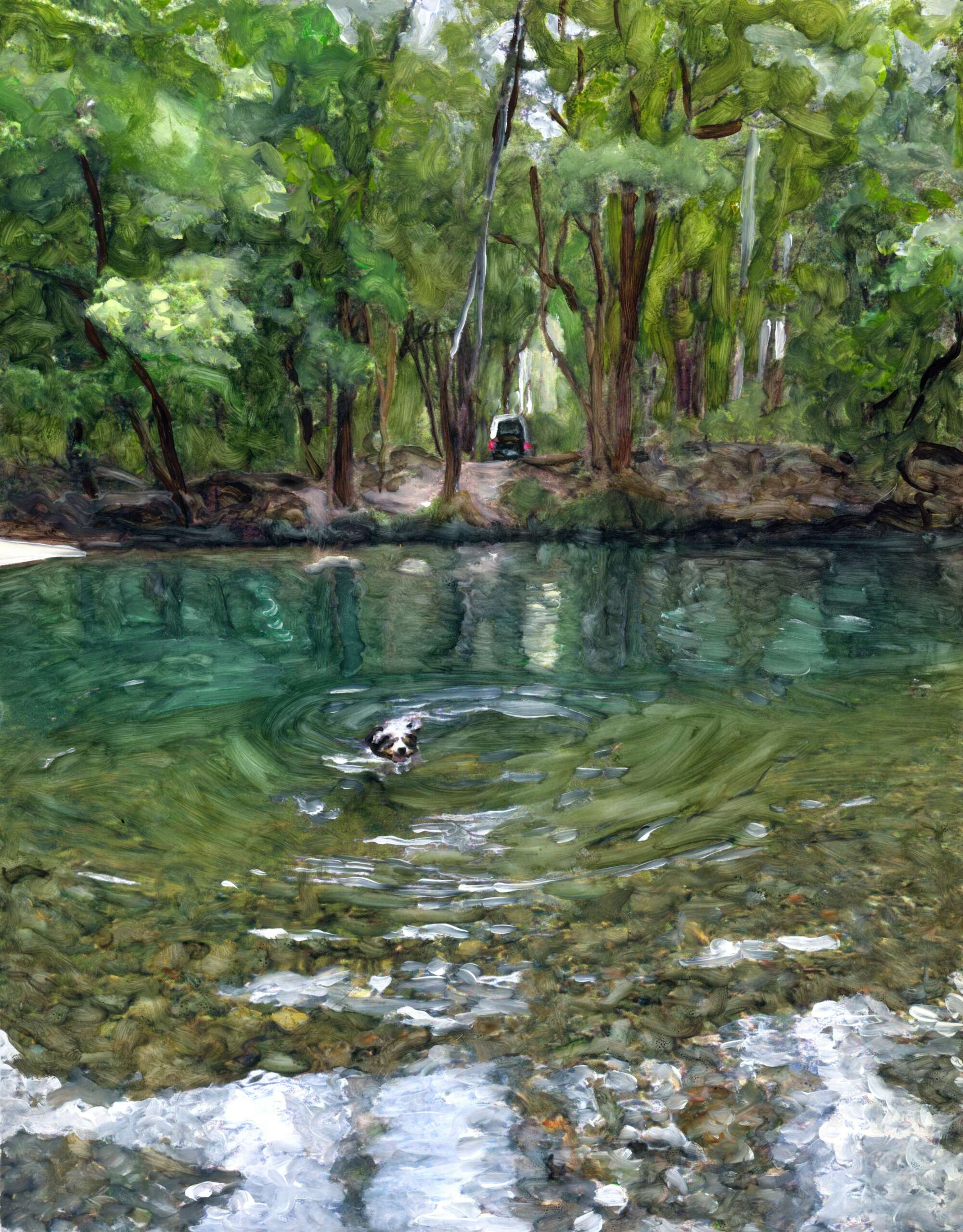
Awesome – so before we get into the rest of our questions, can you briefly introduce yourself to our readers.
I am a painter based in New York City. I studied at Sarah Lawerence and got my MFA from the College of Fine Arts in Sydney, Australia. My work investigates two concepts, one being the role that photography plays in memory and the second being the relationship between painting and photography. By painting images from photographs of my own life–as well as the lives of friends, family and strangers–I create memories that exist in a space between reality and fiction. I remove details, change the colors within the image and blur and distort the figures so that the viewer can project their own memory and images onto the piece.
I enjoy capturing this ephemeral and impermanent moment in my paintings. I depict the ‘just-out-of-reach’ feeling in memory where some details remain sharp yet others blur and disappear.
My family was in the photoengraving business from 1901 until the 1980s. My grandfather grew up with a darkroom in his father’s factory and he continued to take and develop photos throughout his life. I inherited these photos in 2015. When archiving these images, I was amazed by the common themes and imagery over the decades and how much they overlap with what I have used in my own work. It reflects how many small and large universal moments we revisit throughout time.
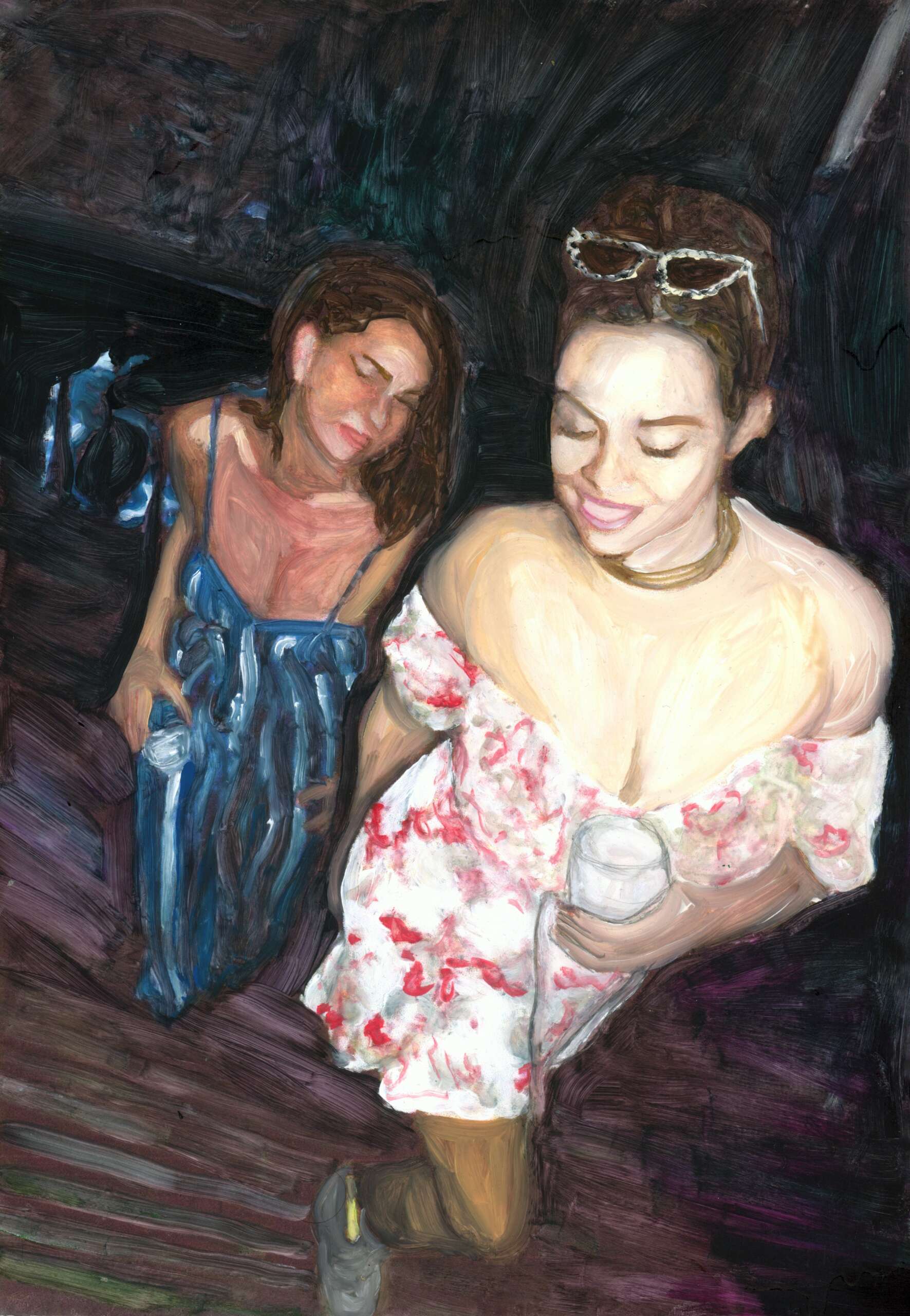
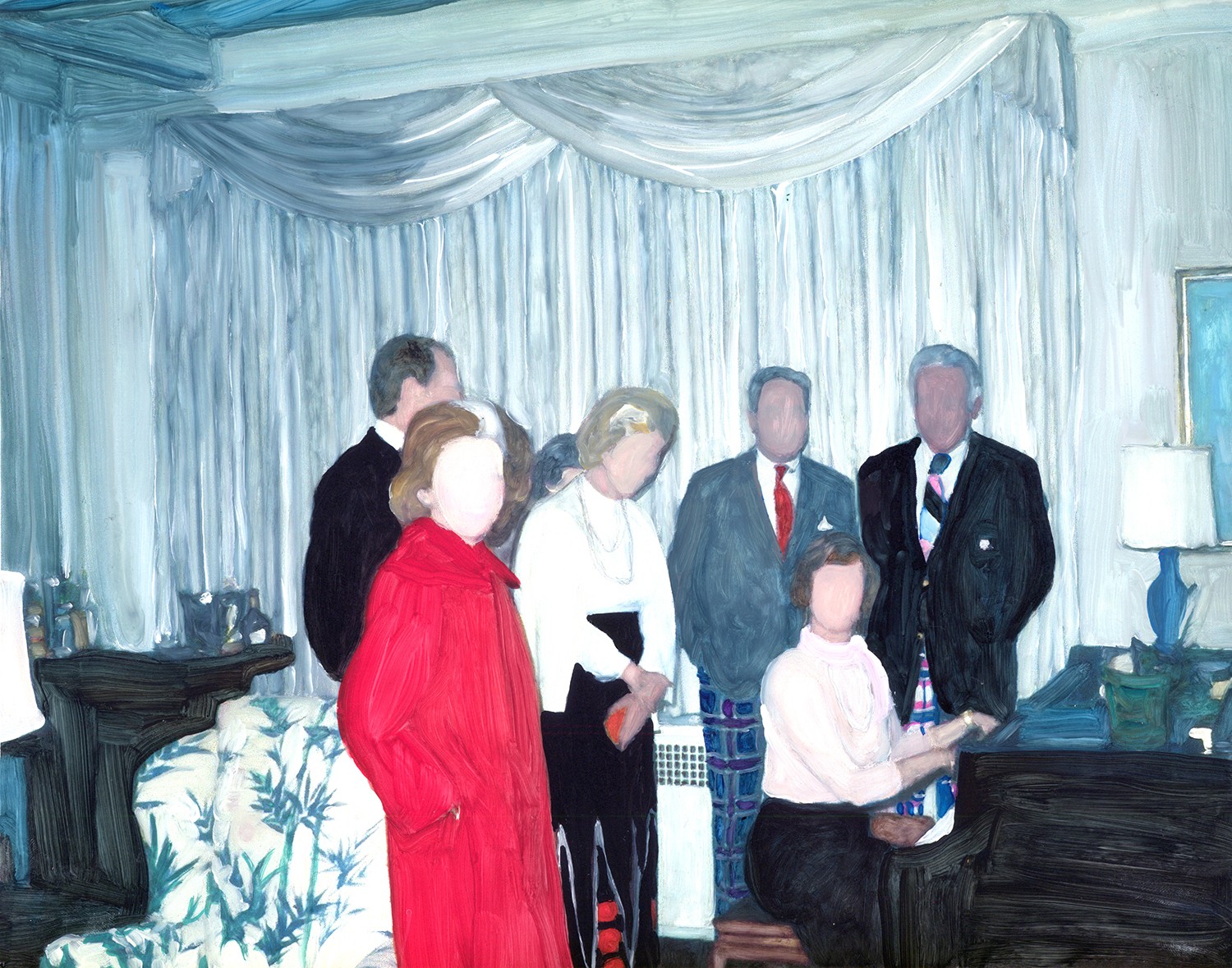
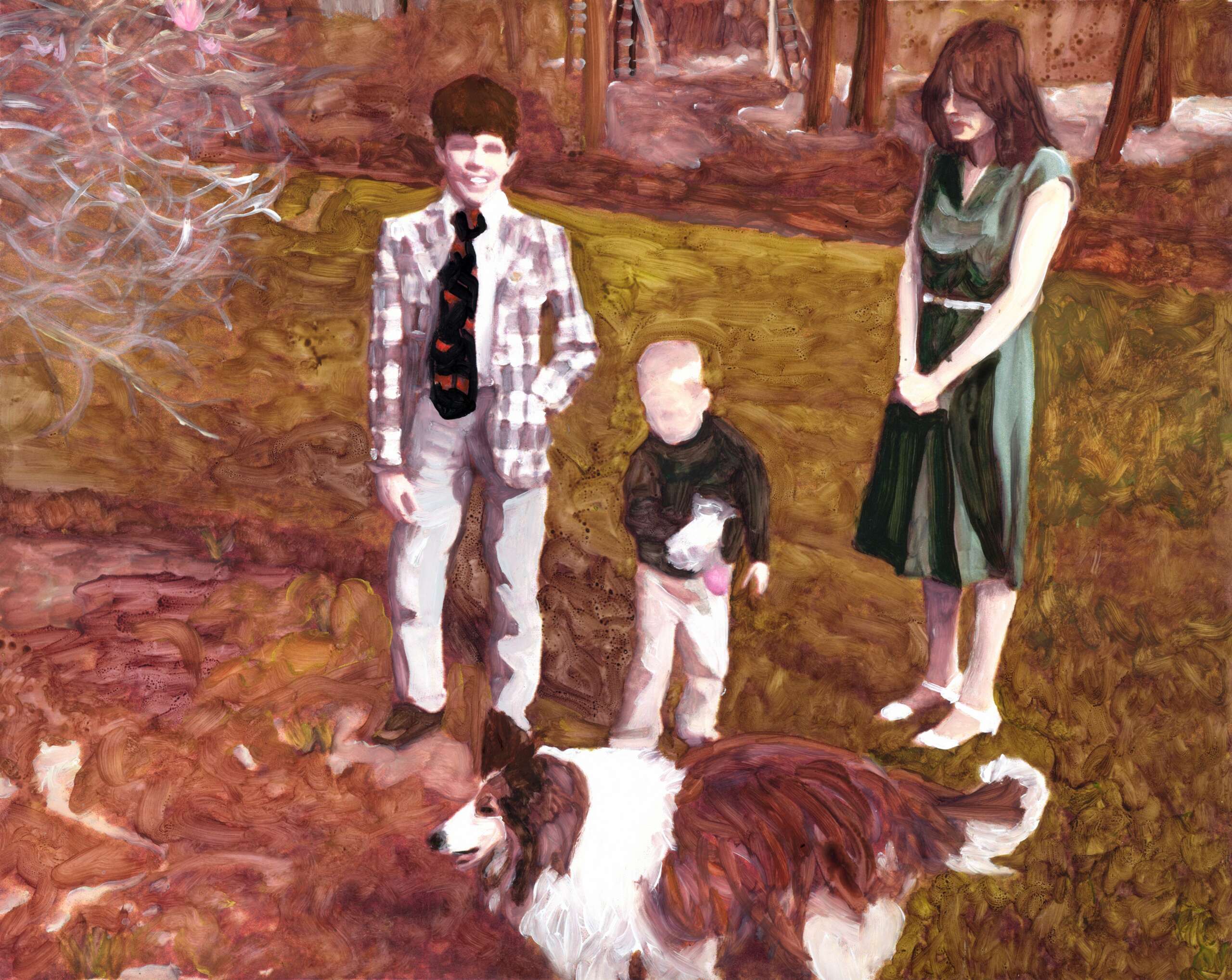
Can you tell us about a time you’ve had to pivot?
I think most of my big pivots have been about embracing ‘saying yes’ to things I have had self doubts or fears about. A major changing point was after my father died in 2015, where I had an oh ‘it’s later than you think’ epiphany. I decided that I needed to stop putting things off, waiting until I was ‘ready’ to apply for opportunities and be more focused on putting myself out there. I started doing The Other Art Fair and now I can’t imagine what my career would look like without the network of artists, collectors and galleries it has connected me with. The second pivot that comes to mind is at the start of the pandemic. When everyone was wondering how art would continue with the world in lockdown, I took on the challenge of participating in the artist support pledge. The pledge asked artists to commit to create works for $200 or less. Every time you sold $1,000 dollars of work, then you would purchase a piece to support a fellow artist who committed the same pledge.
I have always collected images of celebrities that resonate with me, but I had never worked with them because I was worried there were too many other artists working in the vein (such as Elizabeth Peyton whose work I adore). I figured creating these postcard size portraits would be a way to use those images. At first, I started just creating the images in black and white, but as the pandemic continued I began to use them as means to explore neons, metallics and other effects that I hadn’t explored in my main work. They are now integrated into my practice and these important explorations have improved my general practice.
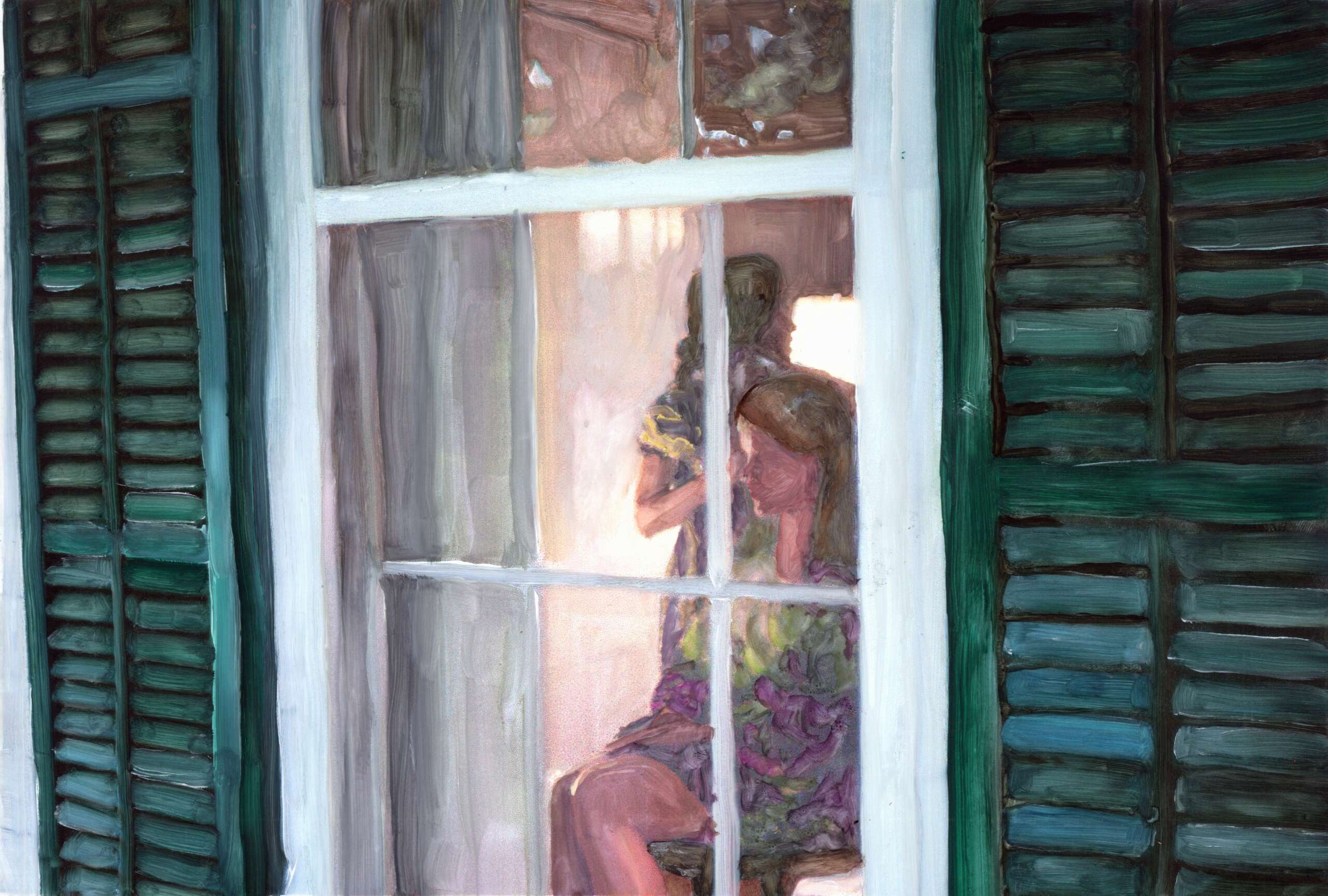
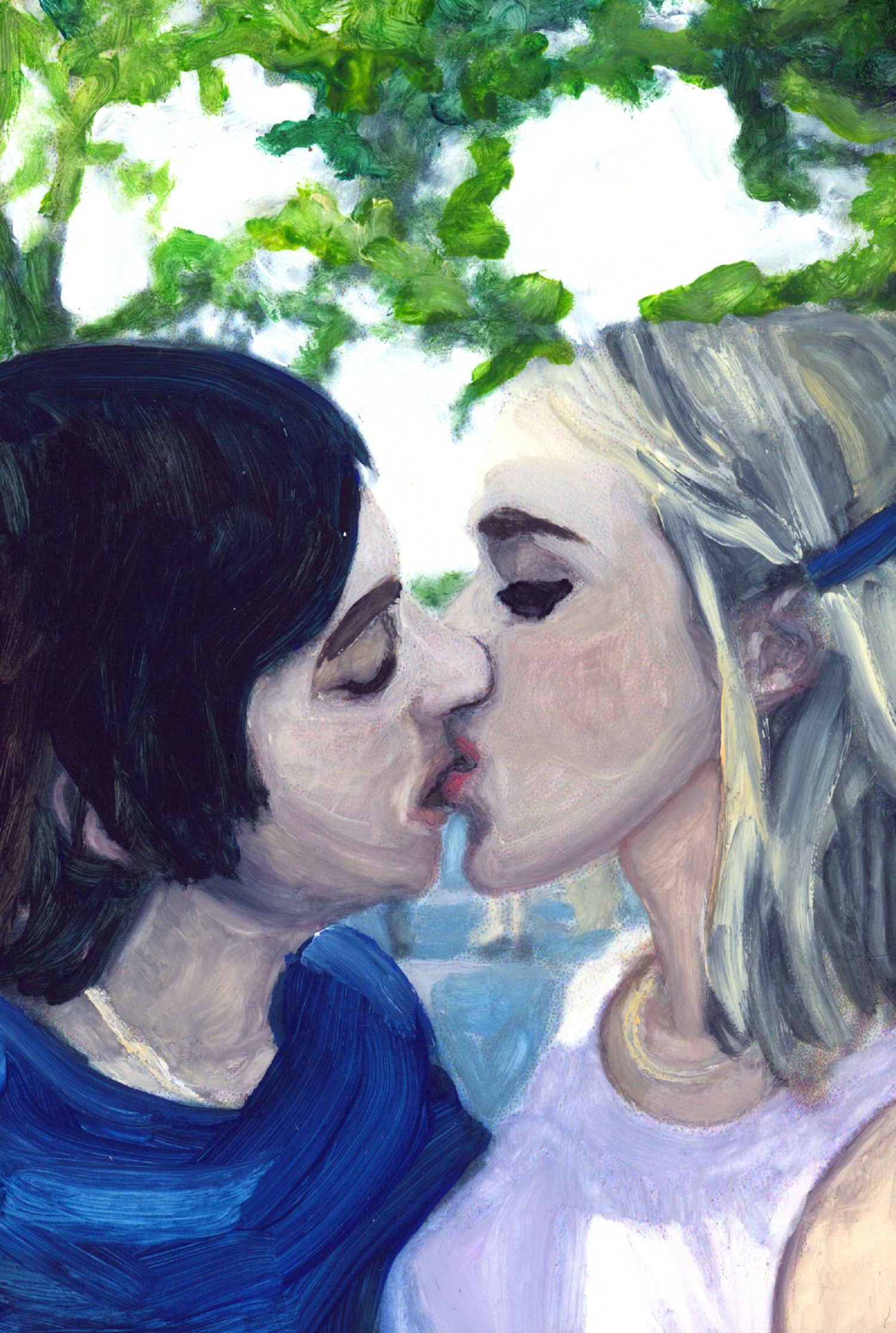
For you, what’s the most rewarding aspect of being a creative?
It’s probably not surprising that as a painter I consider myself a visual learner. Being able to express myself through my work without the confines of language is easily one of the most rewarding parts of being an artist. There is nothing like people connecting to your work and feeling understood on a deep level and watching them connect to it in their own personal way. I love that once a painting is out in the world, it is interpreted in so many ways. My understanding of the work is only one of its meanings. I love that painting continues to challenge and surprise me all the time, it is an ongoing physical process of discovery.
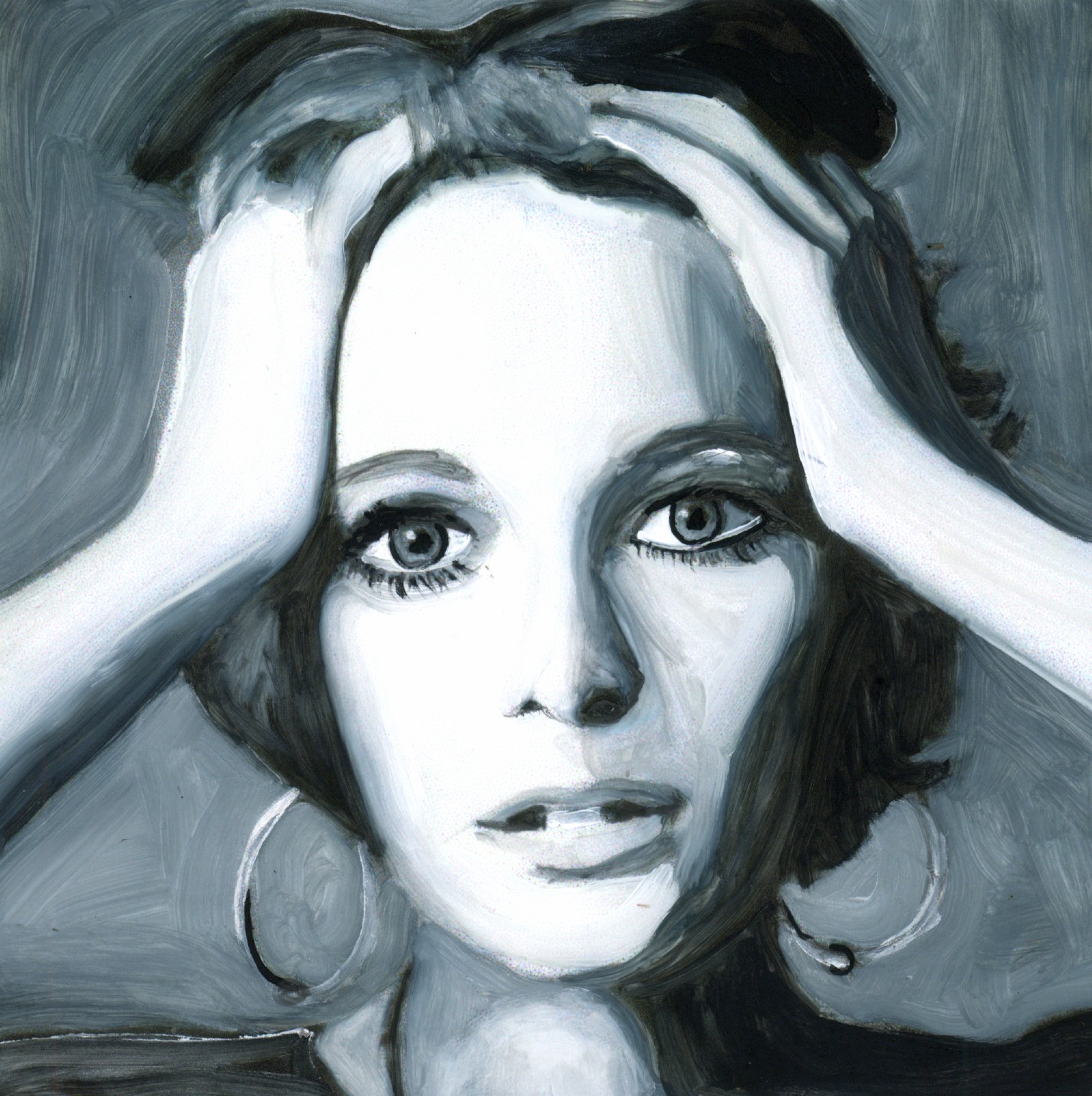
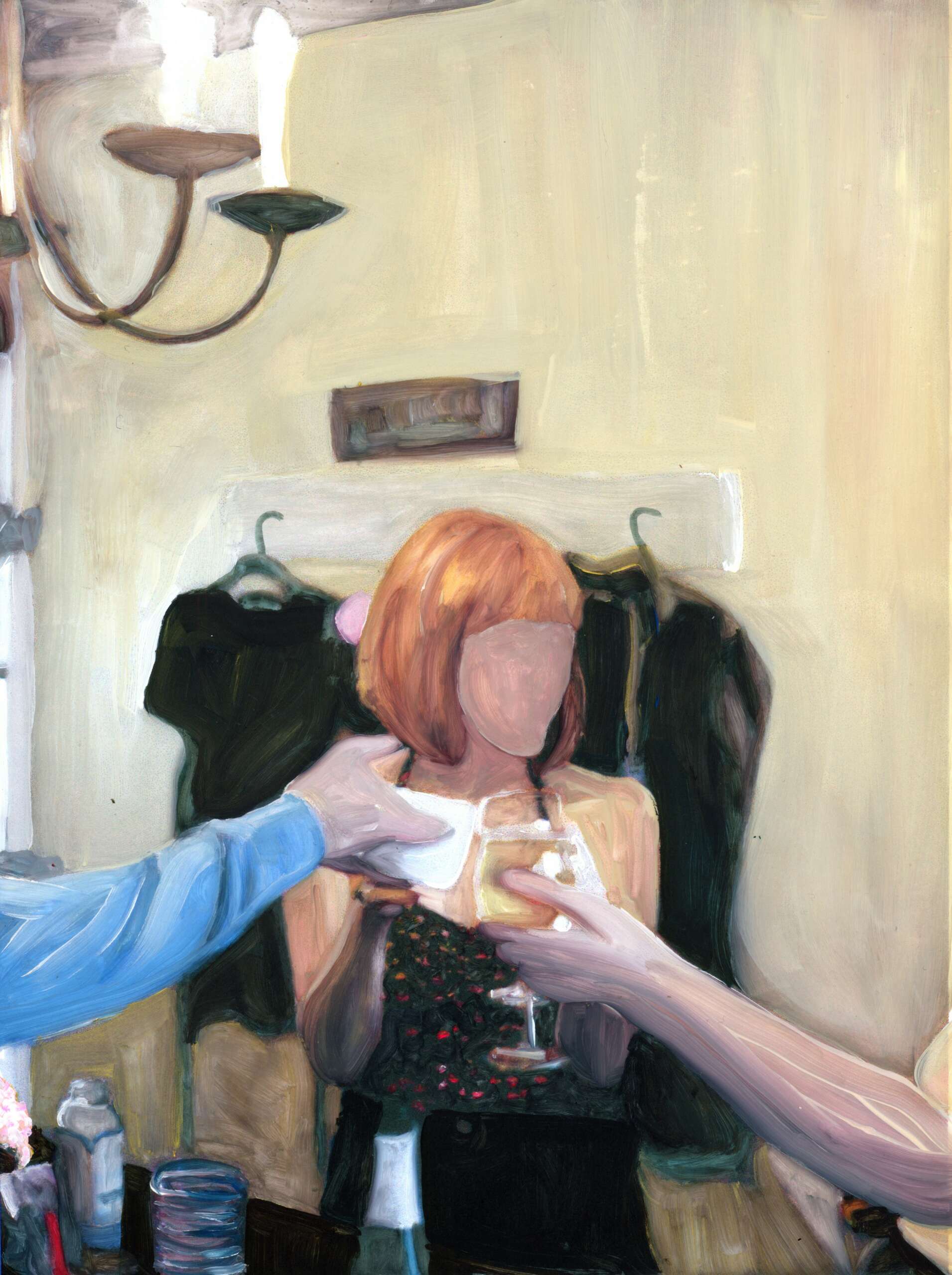
Contact Info:
- Website: https://christypowers.co/
- Instagram: https://www.instagram.com/christy_powers/
- Other: https://www.saatchiart.com/christypowers
Image Credits
The portrait of me in the studio is captured by Chloe Apple Seldman. All the artwork images are courtesy of me/the artist


